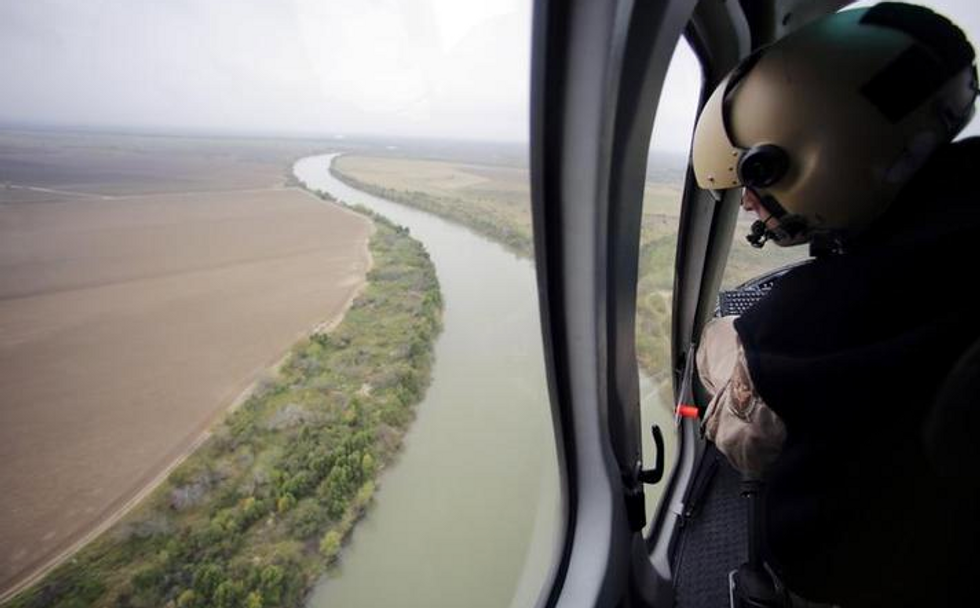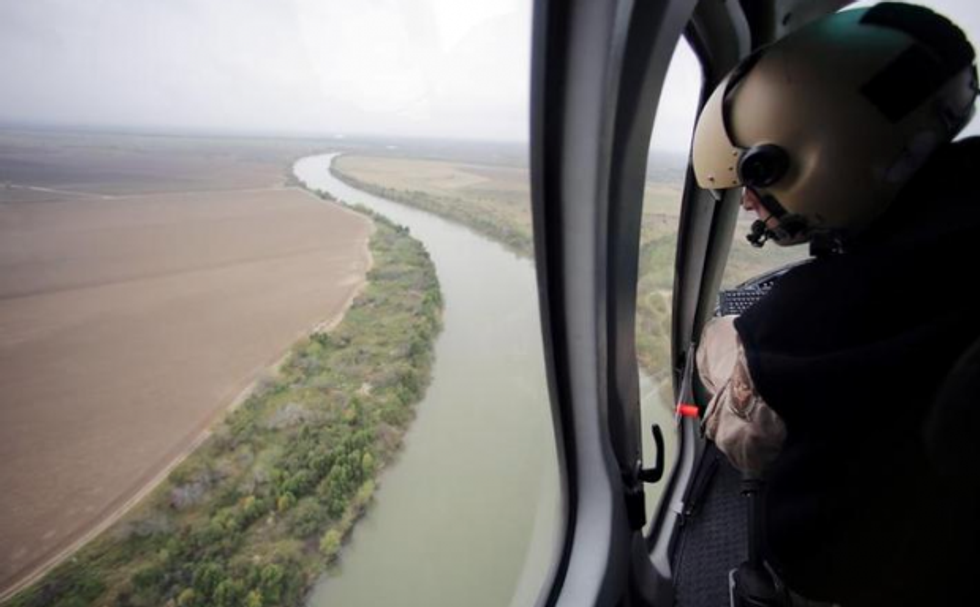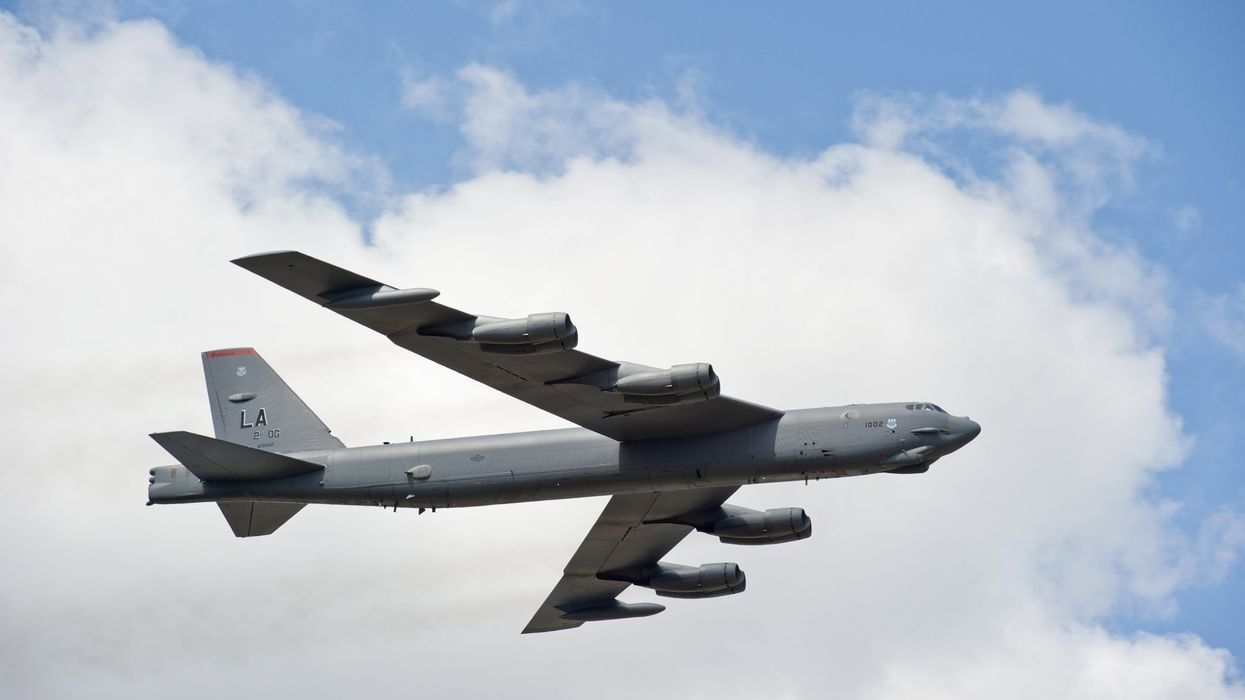
© 2025 Blaze Media LLC. All rights reserved.
Border Agent Accuses DHS of Manipulating Border Security Stats: 'The Border is Not Secure
March 17, 2015
"...at best we apprehend 35 to 40 percent..."
A federal border agent said Tuesday that the Department of Homeland Security is manipulating border statistics to make it appear as if the border is secure, but said in reality that the border is not secure, and that border agents fail to capture as many as two-thirds of all illegal aliens who try to cross into the United States.
"I want to be crystal clear - the border is not secure," said border agent Chris Cabrera in prepared testimony before the Senate Homeland Security Committee on Tuesday. Cabrera was also speaking on behalf of the National Border Patrol Council.

"That is not just my opinion or the position of the NBPC," he said. "Ask any line agent in the field and he or she will tell you that at best we apprehend 35 to 40 percent of the illegal immigrants attempting to cross. This number is even lower for drug smugglers who are much more adept at eluding capture."
Cabrera said he understands that DHS tells Congress all the time that the border is secure, and that DHS stats show that the department is successful in apprehending illegal border crossers 75 percent of the time. But he said those numbers relect an ongoing effort to "manipulate the statistics," and he gave a few examples.
First, he noted that years ago, if 20 sets of footprints were found, border agents would start looking for 20 illegal immigrants. But he said today, those numbers are being fudged.
"Today if I see 20 or more footprints in the sand a supervisor must come to my location and 'verify' the number of footprints," he said. "I guess that after 13 years in the field I must have lost the ability to count."
Cabrera also said there are incentives for border agents not to report seeing groups of illegal immigrants consisting of more than 20 people.
"Agents who repeatedly report groups larger than 20 face retribution," he said. "Management will either take them out of the field and assign them to processing detainees at the station or assign them to a fixed position in low volume areas as punishment."
"Needless to say agents got the message and now stay below this 20 person threshold no matter the actual size of the group," he added.
He also noted that he was in a firefight with members of a drug cartel in 2011, which shows that there is little respect for the border agents who are there. He also said it's gotten worse since 2011.
"When cartel members are brazenly firing automatic weapons at federal law enforcement agents, the border is not secure ladies and gentlemen," Cabrera said. "This was in 2011 and since that time things in the Rio Grande Sector have only deteriorated."
Cabrera said to fix the problem, about 5,000 new border agents need to be added to the roughly 21,000 currently employed. He said 3,500 of those should be used on the southern border, and the rest should be used on the northern border.
He also said the Border Patrol is too top heavy, and has one supervisor for every four field agents. Cabrera said one supervisor for every 10 agents is a better ratio.
Finally, he said more agents need to be employed away from the border to enforce laws in the interior of the country, and said more training is needed.
Want to leave a tip?
We answer to you. Help keep our content free of advertisers and big tech censorship by leaving a tip today.
Want to join the conversation?
Already a subscriber?
more stories
Sign up for the Blaze newsletter
By signing up, you agree to our Privacy Policy and Terms of Use, and agree to receive content that may sometimes include advertisements. You may opt out at any time.
© 2025 Blaze Media LLC. All rights reserved.
Get the stories that matter most delivered directly to your inbox.
By signing up, you agree to our Privacy Policy and Terms of Use, and agree to receive content that may sometimes include advertisements. You may opt out at any time.


